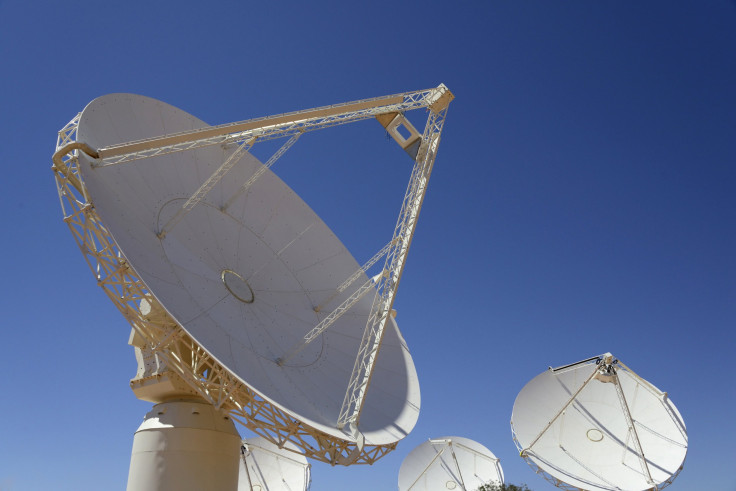The Source Of Mysterious Radio Signals Can Be Found In The Kitchen, Scientists Discovered

Parkes telescope recently detected mysterious radio signals, which apparently comes from our own Milky Way and from our Earth. It turns out that opening microwave ovens prior to its set time is causing the confusion of the distant radio signals, a research reports.
Perytons in astrophysics are short radio signals believed to have a terrestrial origin, and are similar to Fast Radio Bursts (FRBs). Scientists point that the difference between these two radio signals is their origin. In previous studies, a peryton burst would arrive at 13 of the telescope beams, while FRBs are localised in one part of the sky and comes from other galaxies.
In January, three perytons were detected together with 2.4 gigahertz radio waves, which are the same frequency that microwave ovens utilise to perform its function. In line with this, the scientists from the Parkes telescope in Australia conducted a research, which involved heating mugs of water in the microwave oven while hovering the large radio dish around the sky in the hope of re-enacting what might have transpired. Before the timer of the microwave is up, the scientists opened the oven door, and indeed perytons showed up in the monitoring. Further into the study, the researchers found that perytons are often clustered during lunchtime, while “the FRB distribution in time of day is consistent with a random distribution.”
The study also explored the significance of opening the microwave oven door midway through cooking and the increased detection of the perytons. The scientists said that microwaves are supposed to entrap radiation but with the impatience of people opening ovens half through the cooking process, noise signals are detected. Additionally, opening the microwave oven as soon as the timer buzz does not indicate that the power source is completely halted as the magnetron is still in its “shut-off” phase. “Radio emission escaping from microwave ovens during the magnetron shut-down phase neatly explain all of the observed properties of the peryton signals,” the authors said.
The researchers are yet to find further explanation on this phenomenon, but some have suggest that this may be linked to imploding neutron stars or eruptions on magnetars. The paper is to be published in the Monthly Notices of the Royal Astronomical Society.
To contact the writer, email rinadoctor00@gmail.com





















